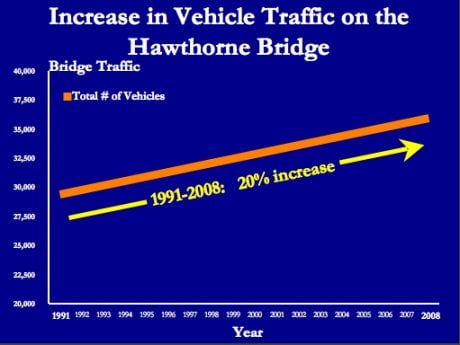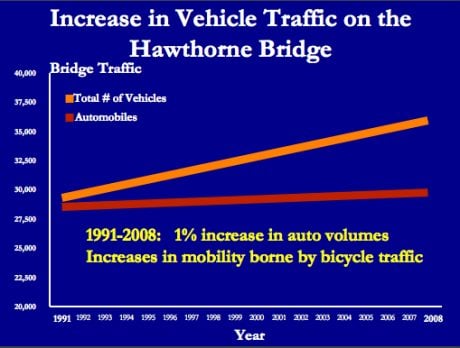A few of our senators are trying to get their hands into other peoples cookie jars this morning. Rand Paul (R.-KY) is leading the charge this time. If you only have time for a quick read then hit the parts I've highlighted in bold text. Then click here on this link if you want to send a letter to your U.S. Senators to tell them you support bicycle funding (Please do....it takes about 30 seconds)!
From Bikeportland this morning (written by Johnathan Maus):
Here we go again. My email and Twitter feed is being bombarded this morning by action alerts imploring me to contact my Senators in Washington to have them protect federal funding for bike projects.
The target by several Republicans is once again the Transportation Enhancements program. The TE program is seen as a crucial source of dedicated funds by national bike advocates. It has a proud track record of funding some of the most popular shared-use paths and trails around the country (including the Banks-Vernonia Trail that I posted about earlier this morning).
The latest threat to these funds is coming from Senator Rand Paul (R-KY). He wants to place an amendment in the upcoming transportation appropriations bill that would shift all funding in the TE program over to bridge repair. Sen. Paul's idea is woefully misguided for many reasons and it's clear that this is much more about politics and making headlines than it is about good transportation policy.
Sen. Paul is using his general dislike of investment in bicycling to make the case that our nation's bridges are in such disrepair that they desperately need the tiny amount of money in the TE fund (which is only 2% of the total federal transportation budget, not the 10% which is constantly being quoted by anti-bike Senators).
Indeed, there has been a lot of much-needed attention on America's deficient bridges lately. T4America is a transportation advocacy group that's simultaneously fighting attacks on TE while encouraging Washington to spend more on bridges.
But what's missing from this debate, in my opinion, is that the more trips we switch to biking, the longer our bridges will last and the more people we'll be able to get across them safely.
And, it just so happens, Portland has a real example of this concept.
With all this talk of bridges and funding, I think it's a good time to recall a story we did in April 2010 about the impact bicycling has had on the Hawthorne Bridge. The story was based off an analysis by Portland Bureau of Transportation's bike coordinator Roger Geller. Geller's theory, which he backs up with statistics and analysis you can see below, is that the Hawthorne Bridge has been able to carry more people with less traffic and at lower costs in infrastructure investment because of one major factor — bike traffic.
OK, pay attention...
Below are two slides from one of Geller's presentations that tell this story. Each one is followed by his slide notes (emphasis mine):
The total number of vehicles on the Hawthorne Bridge has increased 20% since 1991…This increased demand for mobility is consistent with what most traffic models would predict, given increases in population and increased economic activity. This type of increased demand for mobility can spell problems for road users: more congestion, more delay and less travel reliability.
But....
In the case of the Hawthorne Bridge, the negative effects of congestion have been kept at bay. Because, while the number of vehicles increased 20% between 1991 and 1998 2008, that increase has been almost wholly in bicycle traffic. Had the increase been—as it might be in most places—automobiles, then the intersections at either ends of the bridge would likely have failed in their ability to effectively and efficiently move traffic.
The engineering solution to this type of congestion would have been to widen the intersections, add more travel lanes to the bridge, add more green time to the movements onto the bridge. In reality, because there are scant funds for such improvements, nothing would have been done and the costs would have been those of increased congestion.
However, because the increased demand for mobility has been borne almost exclusively by the bicycle, automotive traffic flows in this area the same today as it did in 1991. It is for this reason, in part, that Portland’s award winning traffic engineer, Rob Burchfield, states that: “Bicycling infrastructure is relatively easy to implement and low cost compared to other modes. It is by far the most cost-effective way to provide for personal mobility in an urban transportation system.”
While we obviously need to spend more money on bridge repair and maintenance in America, it's important to keep an open mind for solutions that don't require simply pouring hundreds of millions of dollars into them. As the Hawthorne Bridge example shows, in some cases, bridges can be "saved" simply by making them more accessible by people on bike and on foot.



No comments:
Post a Comment